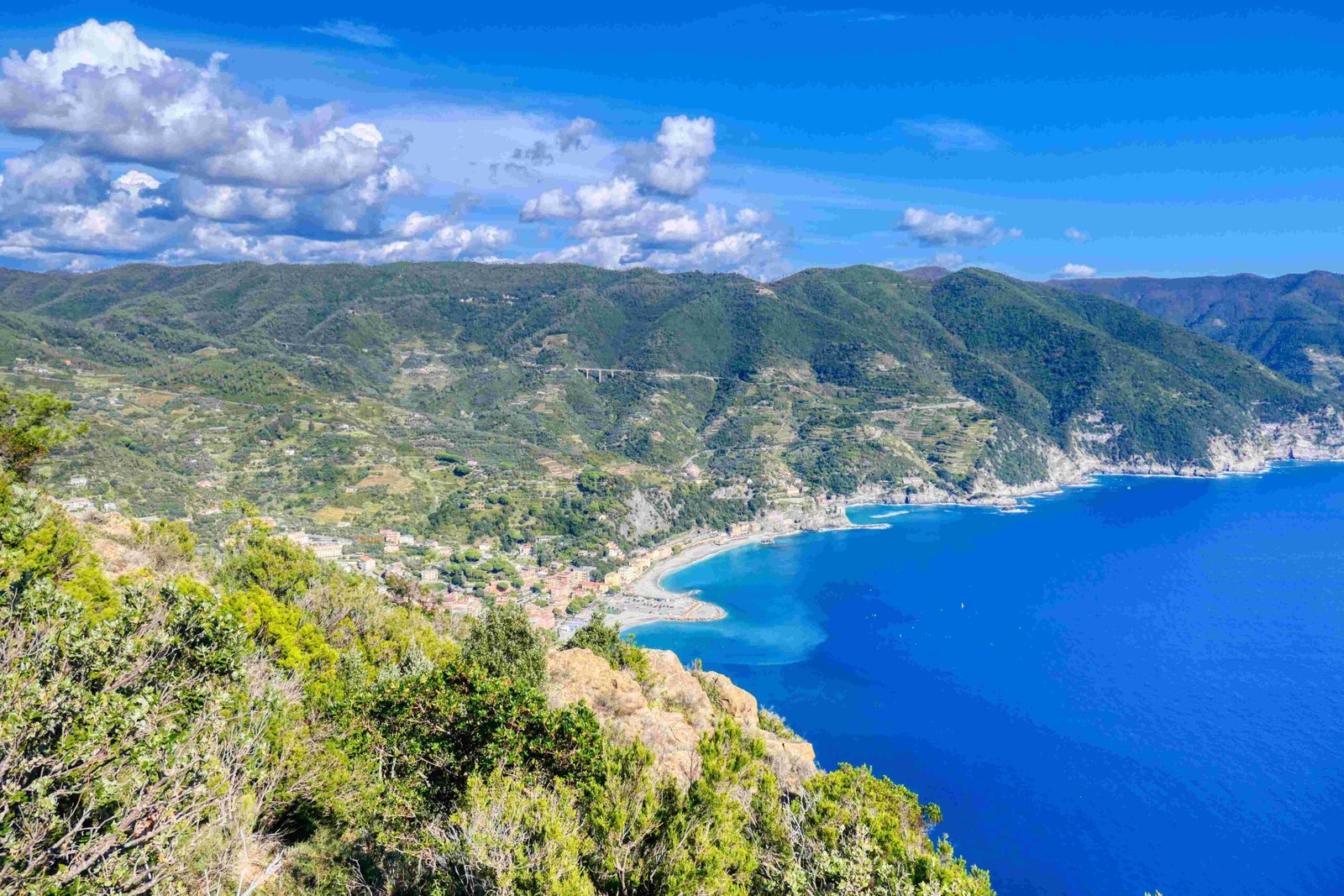In the picturesque landscape of Cinque Terre, the Oratorio Mortis et Orationis stands as a profound testament to medieval spiritual practices, where skeletal artworks and architectural symbolism converge to narrate stories of mortality, devotion, and human transience. This extraordinary church in Monterosso al Mare offers visitors a rare glimpse into the complex relationship between life, death, and spiritual transformation through its unique artistic representations.
What Makes the Cinque Terre Church with Skeletons Unique?
The Oratorio Mortis et Orationis represents more than a traditional religious space – it’s a powerful narrative of human mortality and spiritual journey. Founded by the Brotherhood of the Blacks (Confraternita dei Neri) in the late 16th century, this church embodies a remarkable approach to understanding death’s philosophical and spiritual dimensions.
Historical Significance of the Skeleton Church
| Period | Key Developments |
|---|---|
| Late 16th Century | Brotherhood Established |
| 1560 | Papal Recognition |
| 1922 | Façade Restoration |
| Present Day | Cultural Heritage Site |
Key Characteristics of the Skeleton Church
- Architectural Style: Baroque design with distinctive black and white striped façade
- Symbolic Elements:
- Skull and crossbones emblem
- Hourglasses representing life’s brevity
- Stucco decorations featuring skeletal motifs
- Spiritual Purpose: Providing Christian burials for marginalized communities
Why Were Skeletons Prominently Displayed?
The skeleton representations weren’t merely decorative but served profound theological purposes:
- Memento Mori Philosophy: Reminding viewers of life’s transient nature
- Spiritual Transformation: Symbolizing transition from earthly existence to eternal life
- Community Remembrance: Honoring those who couldn’t afford traditional burial services
Artistic Representations and Symbolism
The oratory’s interior showcases intricate artistic elements that transform skeletal imagery from macabre to spiritually enlightening:
- Reclining skeletons on high moldings
- Stucco decorations with intricate skull designs
- Frescoes depicting spiritual journey
- Statue of Sant’Antonio Abate
How Did the Brotherhood Operate?
The Confraternita dei Neri played a crucial social role during challenging historical periods:
- Burial Services: Providing dignified burials for poor communities
- Spiritual Practices: Conducting 40-hour prayer vigils
- Community Support: Collecting alms and establishing religious networks
Cultural Context of Death Representations
Medieval and Renaissance societies viewed death differently from contemporary perspectives. The skeleton church reflected:
- Acceptance of mortality
- Spiritual preparation
- Community solidarity
- Religious devotion
Archaeological and Architectural Details
Location: Monterosso al Mare, Cinque Terre
Construction Period: 17th Century
Architectural Style: Baroque
Unique Features:
– Dual-tone black and white façade
– Skeletal artistic motifs
– Simple portal design
– Central three-light window
Preservation and Modern Significance
Today, the Oratorio Mortis et Orationis serves as:
– Historical landmark
– Cultural heritage site
– Tourist attraction
– Spiritual testament
Visitor Information
Recommended Visiting Tips:
– Respect the sacred space
– Take guided tours for deeper understanding
– Photography might have restrictions
– Dress modestly
Spiritual and Cultural Impact
The skeleton church transcends mere architectural marvel, representing:
– Human vulnerability
– Spiritual resilience
– Community solidarity
– Artistic expression of theological concepts
Note: While the church doesn’t contain actual skeletal remains, its artistic representations offer profound insights into medieval spiritual perspectives.
Reference:
– Nomads Travel Guide
– Rintoul Historical Research
– Cinque Terre Official Site

